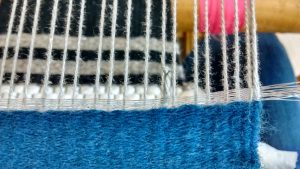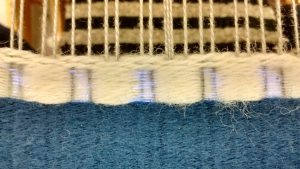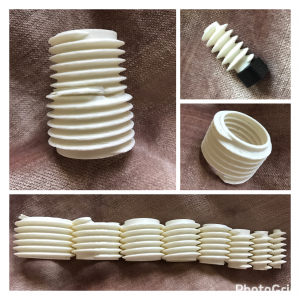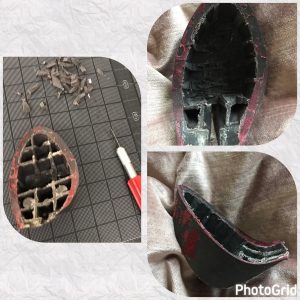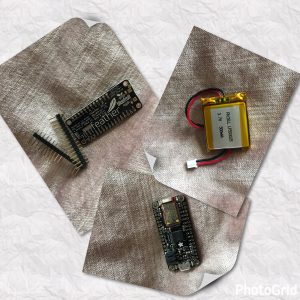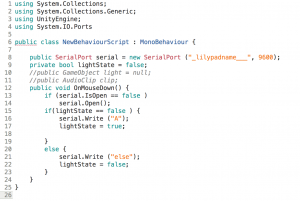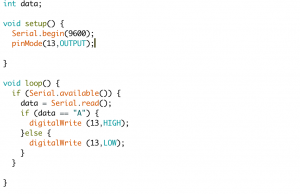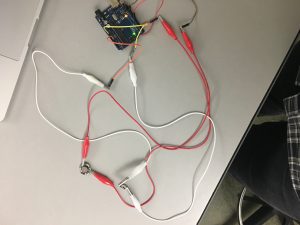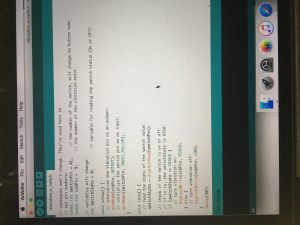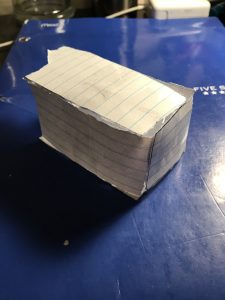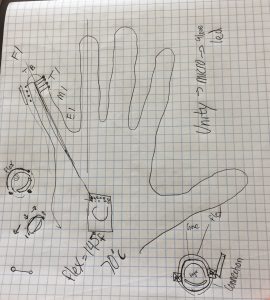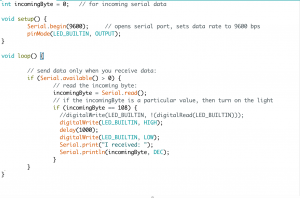Hoorah! We finally got all of our project parts!
What we got in: 3 Neopixel strips, a heart rate monitor, a jacket to hack, and our lillypads!
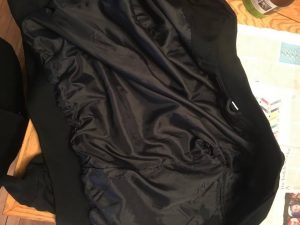
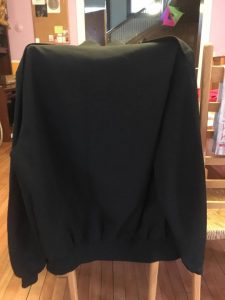
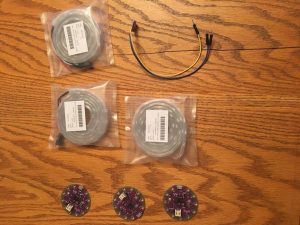
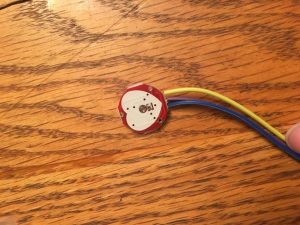
We have begun learning about the heart rate monitor and checking that we can process the information it collects.
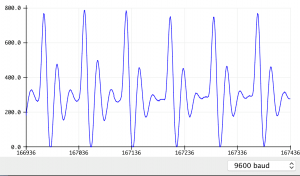

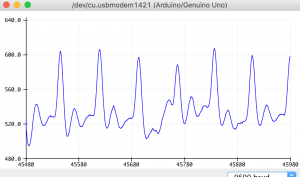
We have also begun hacking into the jacket by sewing the neopixel strips on and breaking into the lining.I have found difficulty with attacking the strips; I plan to look for easier ways to attach during class.
Our plan for this week: We’re going to complete our first mock up of the jacket, with attached neopixels, wiring, and functional heart rate monitor. We’re also going to look at the possible designs we can create with layers of neopixels!
